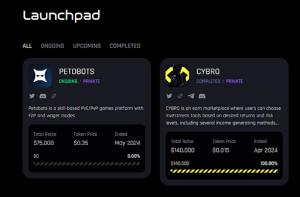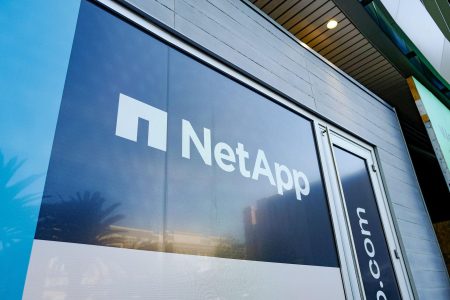The rise of large language models (LLMs) is transforming the way businesses monitor their infrastructure and workloads, with the integration of generative AI-driven analytics enabling faster and more accurate predictions and diagnoses of system anomalies. Companies can now process vast amounts of data in real-time, detecting issues before they escalate into costly problems. LLMs improve performance monitoring, speed up issue diagnosis, track application performance metrics, and enhance security monitoring, leading to faster resolution times and improved application reliability.
Infrastructure observability companies like New Relic, Datadog, Dynatrace, Elastic, and Splunk are enhancing their platforms by integrating LLMs. These industry leaders use LLMs to refine their analytics, allowing for advanced anomaly detection and precise root cause analyses. By leveraging AI capabilities, they can sift through extensive datasets to identify and resolve performance and security issues more efficiently. For example, Splunk automates incident responses using machine learning, while Dynatrace bolsters diagnostic capabilities with AI and New Relic offers proactive alerts and insights for quicker issue resolution.
The rise of LLMs also presents opportunities for new entrants in the observability market to challenge established leaders with innovative approaches and advanced technologies. Startups like Flip AI are leveraging purpose-built LLMs to enhance incident resolution across enterprise systems. Flip AI’s platform is trained specifically for DevOps tasks and can analyze operational data, including logs, metrics, and trace data, automating root cause analysis and delivering results in seconds to speed up resolution times and maintain business operations’ integrity and performance.
Flip AI’s platform ensures data privacy and security by requiring only read access to data, addressing enterprises’ concerns about external data handling risks. It interfaces with various data sources and observability tools to support businesses in diverse IT environments, simplifying the workload for IT operations teams and driving more efficient operational practices. This use of LLMs for operational efficiency in IT environments presents a significant advancement in observability, improving system reliability and performance while reducing the economic impact of downtime.
As LLMs continue to evolve, their integration into observability tools will further revolutionize the infrastructure and workload observability landscape. Long-term, LLMs have the potential to enhance the accuracy, reliability, and transparency of AI models, driving significant advancements in AI technology with ongoing adaptation and innovation from vendors. The immediate benefits of improved performance monitoring and security are just the beginning, with LLMs poised to transform the observability domain and drive advancements in AI technology.















